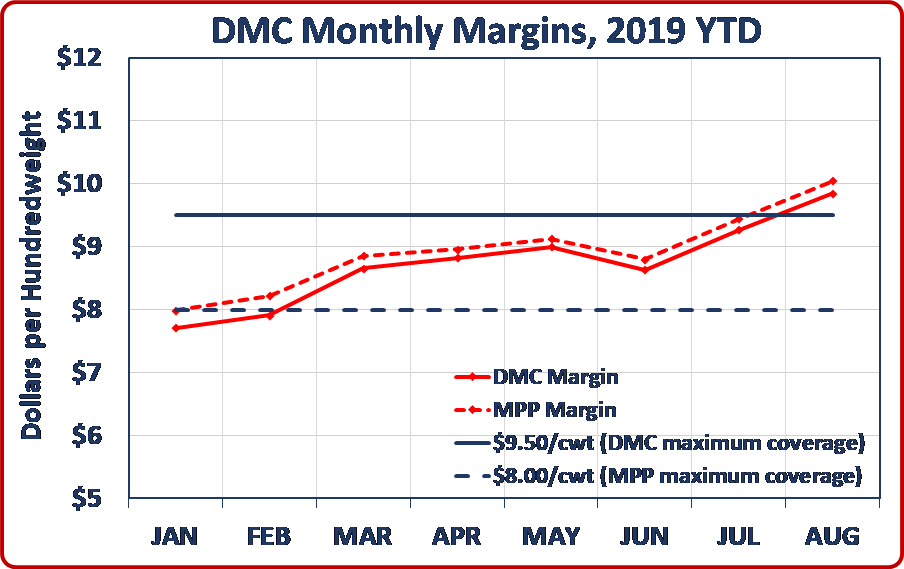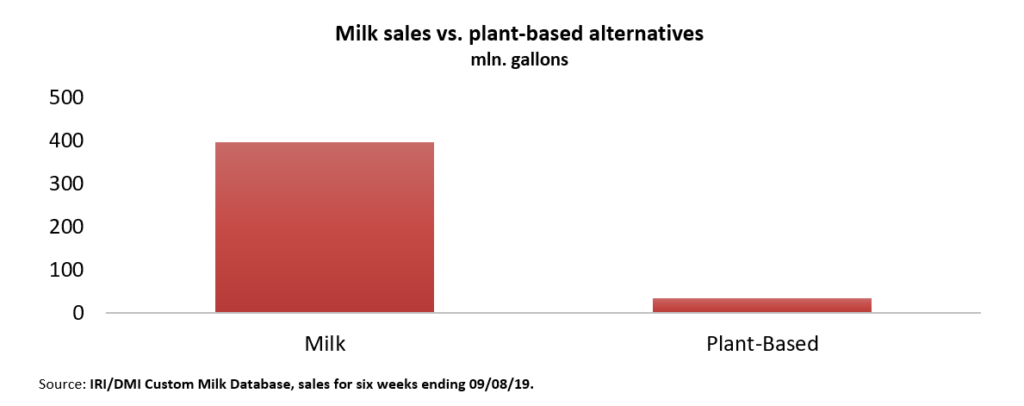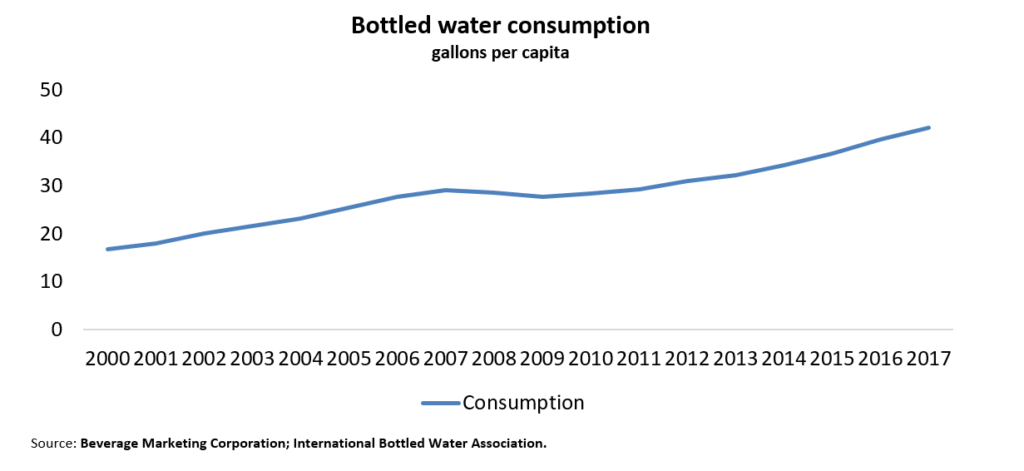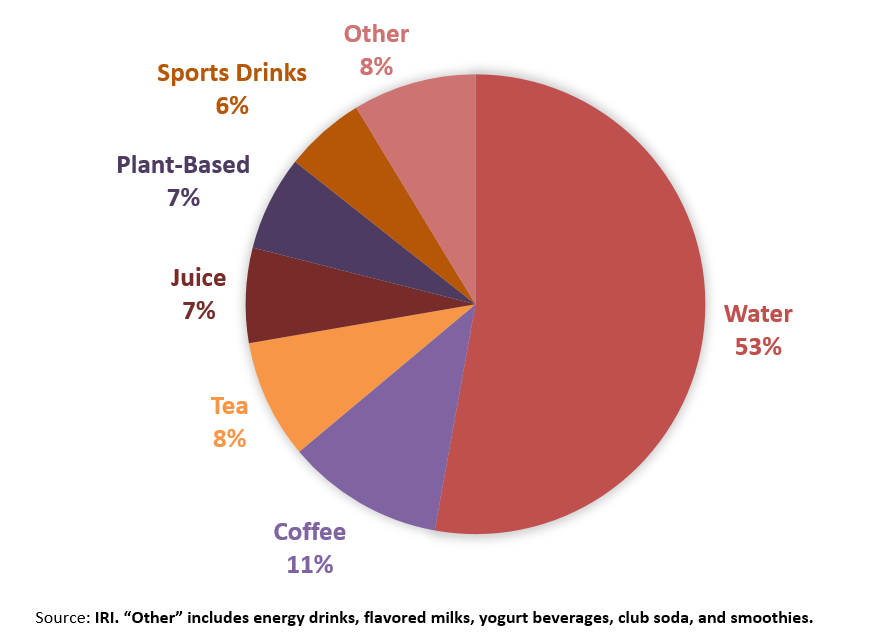From lawmaker meetings to motorcades, NMPF continues to make the case for the U.S.-Mexico-Canada Agreement as Congress and the White House work to hash out concerns that have hindered passage of the deal, which in October turned one year old. U.S. Trade Representative Robert Lighthizer is in active discussions with a nine-member working group of Democratic lawmakers to come to a consensus on several issues, including enforcement of the agreement.
Many members of Congress have expressed an understanding of the benefits of USMCA for agriculture and dairy. While the working group negotiations with USTR continue and the Administration has not yet sent implementing legislation to Congress, Speaker Nancy Pelosi recently told a reporter that she hopes “we’re on a path to yes.” House Ways and Means Chairman Richard Neal, leader of the working group, said that both sides have agreed to “intensify the discussions,” indicating there may be a positive path for USMCA this fall.
NMPF continues to work diligently to ensure that Congress understands the significance of USMCA for America’s dairy farmers and the urgency of getting it in place. In addition to solidifying our terms of trade with Mexico, tackling trade-distorting Canadian dairy policies such as Class 7, and paving the way for the U.S. to move on to additional trade negotiations, NMPF estimates that over the first six years of implementation, USMCA will bolster dairy farm revenue by an additional $548 million due to greater U.S. dairy exports in North America.
To secure these trade gains, Congress and the White House will need to quickly resolve any issues standing in the way of USMCA’s passage. NMPF’s campaign for USMCA’s passage has included meetings with key congressional offices on Capitol Hill, working with dairy cooperatives on opinion pieces for publication in local newspapers, creating materials laying out dairy’s case for the agreement and participating in coalition efforts such as the drive to accumulate signatures on letters of support from individual farmers and food-company employees.
Last month NMPF also participated in the “Motorcade for Trade” as it made its final stop last month in front of the U.S. Capitol for a rally to tout the trade benefits of USMCA. NMPF joined host organization Farmers for Free Trade, other agricultural groups and members of Congress from both sides of the aisle at the rally to help push for swift passage of this vital trade agreement.
“Restoring certainty to our trade relationships and bolstering the prospects for dairy exports by passing USMCA will bring important benefits to the dairy farmers and rural economies that rely on these export markets,” said Jim Mulhern, president and CEO of NMPF, following the rally. “America’s farmers are counting on Congress and the Administration to work together to secure passage of USMCA, and soon.”











